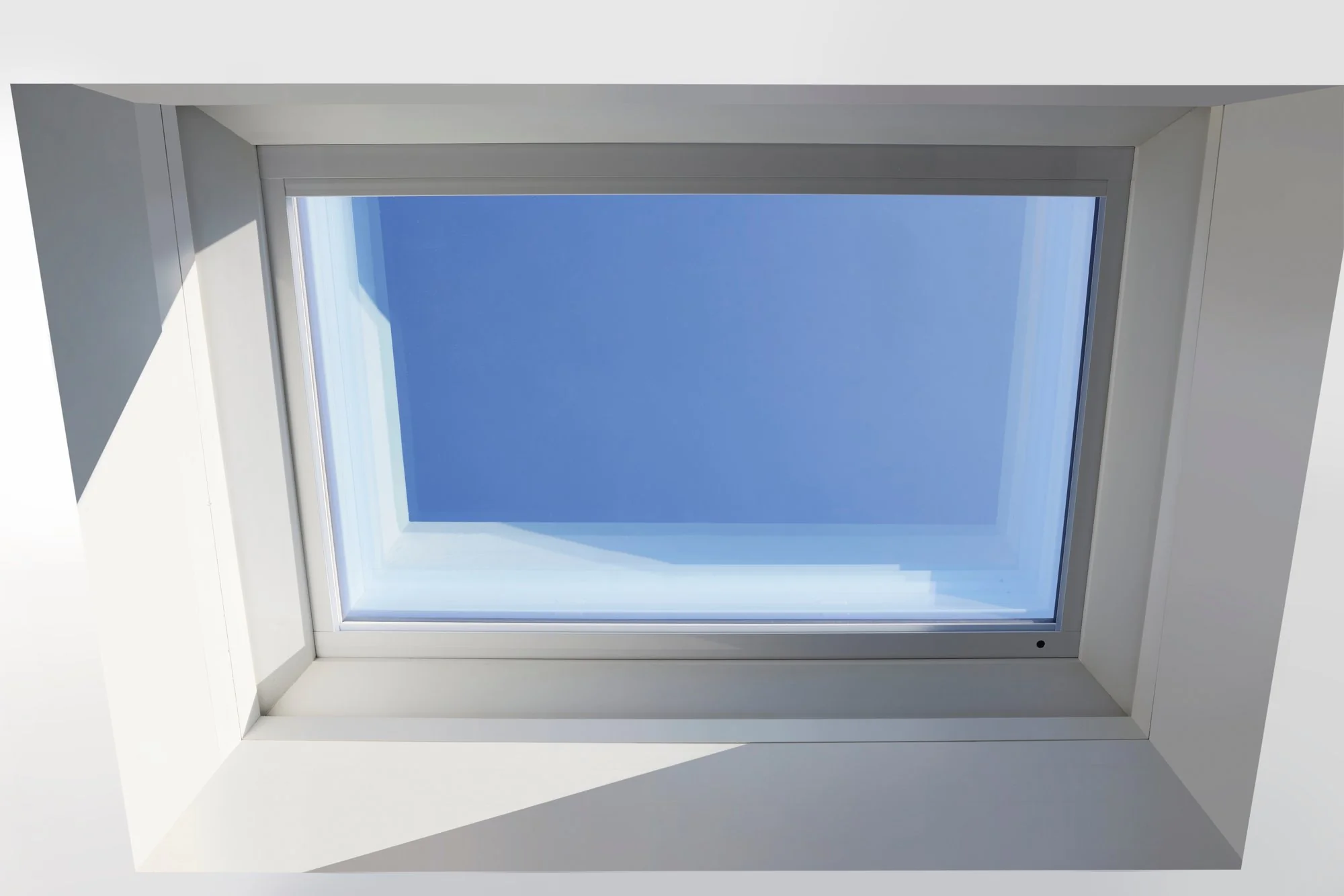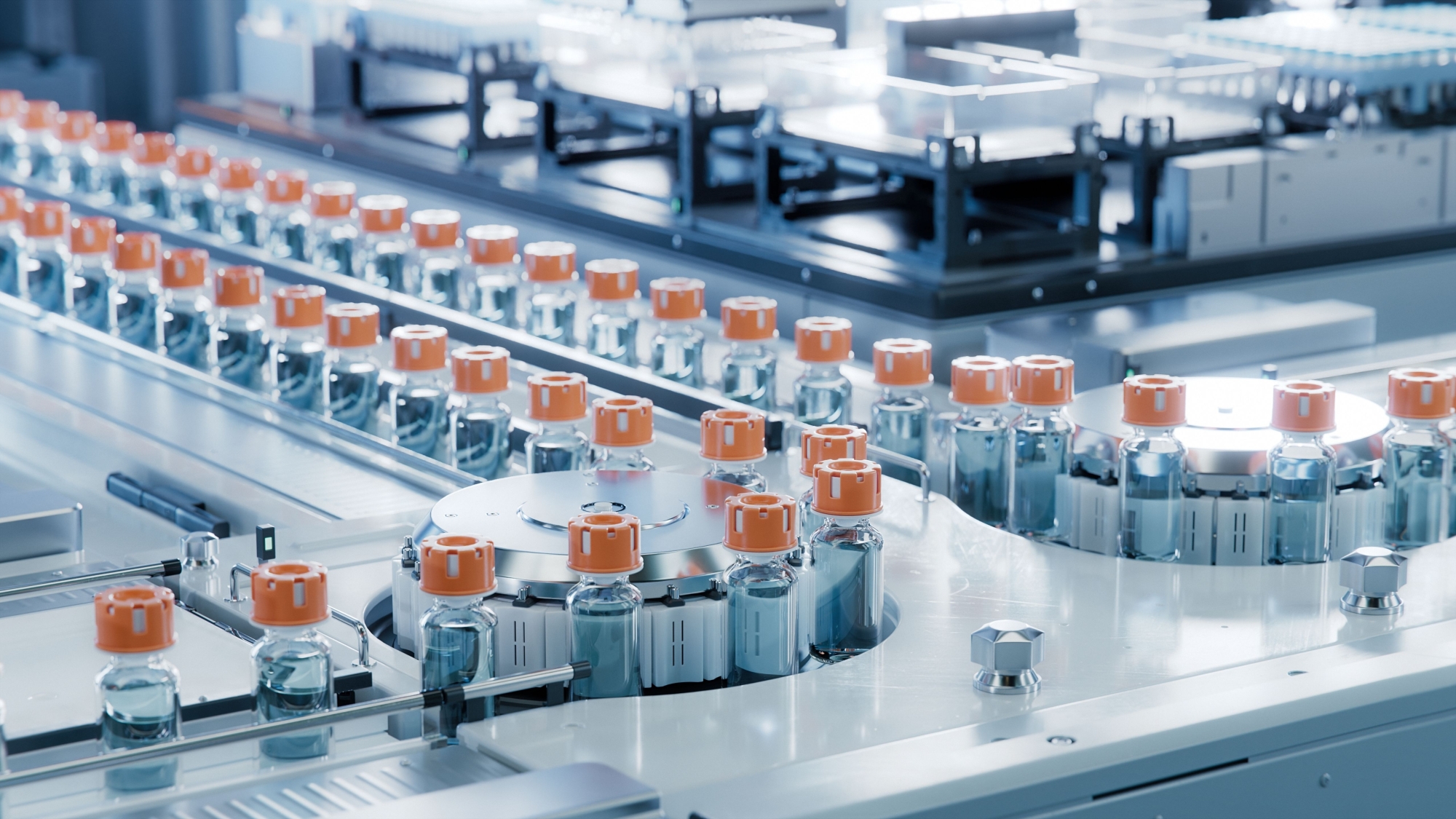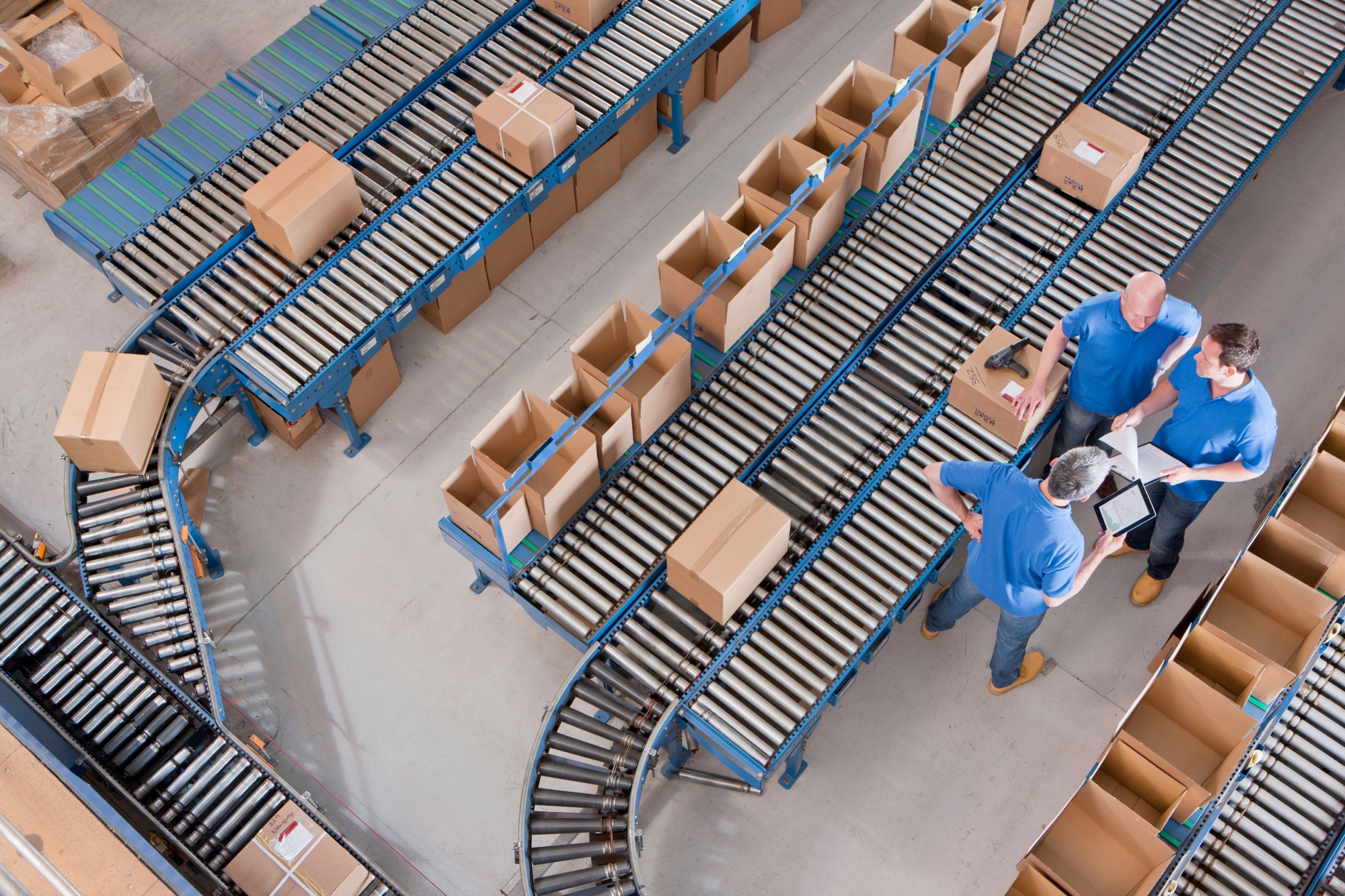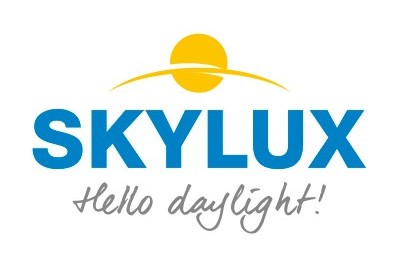
Small changes, big progress: the lean story of Skylux
ConstructionCustomer quote
”Stanwick has brought more peace of mind, rhythm and regularity to our operational processes and the productivity has increased."
 Frederiek Baetslé, Chief Operations Officer at Skylux
Frederiek Baetslé, Chief Operations Officer at Skylux
Customer context
Skylux is a Belgian manufacturer of light transmission solutions for the construction industry. From verandas to skylights and flat roof windows, the company develops innovative products with a strong focus on design and quality. What makes Skylux unique is that it carries out virtually all production activities in-house, from design to assembly and packaging. The head office and production facilities are located in Belgium, where the optimisation processes also take place.
The challenge: growing in a sustainable and stable way
Skylux operates in a sector that is subject to considerable volatility. The company suddenly saw a significant increase in demand during COVID-19 and a sharp decline immediately after COVID. This volatility underlines the need for operational excellence and, therefore, flexibility and efficiency within the organisation. To remain agile and be able to respond quickly to unexpected market fluctuations, it is crucial that internal processes are streamlined, scalable and continuously optimised.
The central question for Stanwick:
‘How can we produce more with the same people, the same machines and the same floor space?’
Approach: pragmatic and well-considered improvement
Over the past three years, Stanwick has carried out three projects in three of Skylux's departments, each with its own focus. Despite the differences in approach, the methodology was firmly embedded in Lean principles: from value stream mapping and bottleneck analysis to 5S, standardisation and workstation optimisation.
1. Glass department: lower returns despite second machine
Challenge:
Due to the continuing increase in customer demand for roof windows, the department had purchased a new gluing machine to double its capacity, but the expected increase did not materialise. On the contrary, output stagnated and the desired volumes could not be achieved, with the peak season approaching. The result was an overcrowded production hall, reduced product flow and operators who constantly had to help each other out. There was therefore a need for an integrated approach in which several aspects of the process were examined.
Approach:
- Analysis of the entire process using SIPOC & flowchart
- Spaghetti diagram to map physical movements of both product and people
- Time measurements per step & product variant
- Bottleneck analysis (drying time, gluing process, packaging)
- Layout optimisation & standardisation
Result:
Skylux implemented all proposed improvement initiatives entirely in-house. In addition to clearer R&R, more structure on the production floor and fewer unnecessary movements for the operator, output also increased and the original goal was achieved.
2. Veranda department: investing only pays off with the right work organisation
Challenge:
After various investments (a state-of-the-art pick-to-light system, a fully automatic milling and drilling machine, layout changes with new buildings), we were asked to audit the productivity of various workstations in order to propose possible optimisations and thus maximise the return on the investments made.
Approach
- Shadow analysis of operators
- Workstation analysis (value-added vs. non-value added)
- Analysis of complaints and waste
Result:
The goal was to reduce costs by 15–20%. Although no actual measurements were available and it was therefore difficult to quantify the improvement exactly, the effect was clearly felt on the work floor. Once again, Skylux was responsible for the full implementation of the improvements.
3. Paint line: bottleneck becomes flow
Challenge:
After the other departments had been optimised, it became clear that the paint line, a high-quality innovative installation that had only just become operational, was now the bottleneck. Due to increasing demand for in-house paintwork, an extra shift was becoming necessary, which would entail considerable additional costs, not only in terms of personnel costs, but also due to the higher energy costs for operating the ovens used in the process. Skylux wanted to avoid this and scale up production capacity while maintaining the number of shifts.
Approach
- Analysis of throughput per workstation (flow essential)
- Identification of cycle times, bottlenecks and rush order impact
- Redistribution of manual vs automatic painting
- Seasonal planning & capacity allocation
- Minor improvements at the workstations
Result
Implementation is still ongoing, but the initial signs are positive. Based on the improvement plan, Skylux expects to be able to avoid the extra shift for the time being, which represents a significant financial and organisational gain.
Collaboration: clear roles, shared ownership
What makes this collaboration special is its clear structure:
- Stanwick led each project methodologically
- Skylux appointed its own internal project manager for each project: a technically strong department head with solid process knowledge
- The project sponsor (Frederiek Baetslé) set concrete goals and clearly indicated the direction to be taken
- Operators were actively involved through shadow analysis, interviews and discussion of the proposals
This approach ensured trust, mutual understanding and, above all, action on the shop floor. The proposed improvements were practical, achievable and supported by all concerned.
What makes this process so valuable?
1. They really do the implementation themselves
At Skylux, improvement actions don't disappear into a drawer. All proposals are effectively put into practice – from visual instructions to work distribution. That's rare – but the difference is noticeable.
2. No major investments required
Most improvements were low cost or even free. Think: grab-and-go supplies in a Kanban rack close to the operator, replacing saw blades, restructuring pick-to-light, drawing up standard work procedures. The added value lay in structure, simplicity and logic.
3. A clear goal, supported by everyone
From management to the shop floor, everyone understood why the changes were necessary. Decisions were not made about people, but together with them. This created support and a lasting impact.
Finally: Operational Excellence is a journey
The collaboration with Skylux shows that Operational Excellence is not a destination, but a journey. Together with Stanwick, Skylux has chosen to prepare its organisation for the future step by step. With expertise, data-driven and supported decisions, as well as a focus on simplicity.
And the results are noticeable.




